Navigating the vibrant tapestry of Indian roads is an adventure in itself. But amidst the bustling streets and vibrant landscapes, there lies a silent language that guides our every move – the language of traffic signs. These visual communicators, often overlooked, hold the key to safety and efficiency on our roadways.
Join me on an insightful journey as we delve into the world of Indian traffic signs. We’ll explore the three main types – mandatory, cautionary, and informative – and unravel the meanings and significance behind each sign.
By the end of our exploration, you’ll not just be a driver, but a well-versed interpreter of the language of road safety and efficiency. You’ll understand how these signs orchestrate the flow of traffic, safeguarding both drivers and pedestrians.
So, buckle up and prepare to master the language of Indian traffic signs. Let’s transform ourselves from mere road users into ambassadors of safety and harmony on the roads.
Traffic signs
Traffic signs are put up on the sides of roads, highways, and buildings to give information to drivers. These road signs communicate the basic rules and regulations of road safety with pictures that are easy to understand. According to the Roadways and Traffic Department of India, failing to abide by the traffic rules and signs may incur a traffic penalty on the driver. The New Motor Vehicle Act of 2019 requires all drivers to follow traffic signs.
Importance of Traffic signs in India
Traffic signs or road signs are very crucial part of road and driver’s information for the reasons given below:-
- Smooth flow and management of traffic on roads
- Avoidance of accidents and other mishaps.
- Pedestrians are also alerted to the movement of vehicles. Speed limit, no parking zones.
- Prevents road rage and other road offences.
- Helps in navigation of routes for new drivers.
- Provides all kinds of information about the roads to the drivers.
- About parking zones
- Informs of potholes, curves, steep ends, crossroads, one ways and so on.
- Reaarding the speed limit
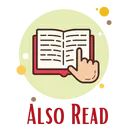
Types of Traffic Signs
There are basically 3 types of Traffic signs in India.
| 1. Mandatory Signs | ● These road signs tell you what to do and what not to do.
● They are obligatory. ● They are represented by red circles with a red border. |
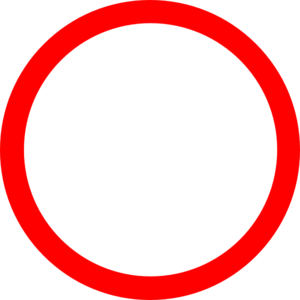 |
| 2. Cautionary Signs | ● These road signs give warnings to the drivers about potential threats and safety hazards on roads.
● They are represented by red triangles like a diamond ● There are 40 cautionary signs in India.
|
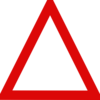 |
| 3. Informative Signs | ● These road signs provide information to the drivers even without a map.
● They are represented by blue rectangles with a thick blue border |
 |
Apart from these road signs, there are another 3 kinds of traffic signals in India namely :-
- Traffic police’s Hand signals
- Traffic light signals
- Road markings or Pavement markings
1. Mandatory Traffic Signs
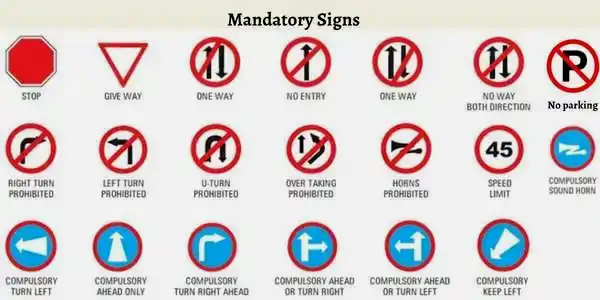
| Mandatory Sign | Meaning |
| Stop | Drivers should immediately stop after seeing this. |
| Give Way | Indicates the traffic to give way to the fellow traffic on the right. |
| One Way | Traffic flow is allowed in one-direction only. |
| No Entry | This area is restricted and no traffic zone. Divert your vehicle to another route. |
| No Way Both Directions | Traffic flow is prohibited from both sides for the area. |
| Right-Turn Prohibited | Do not take a right-turn at all in the area |
| Left-Turn Prohibited | Do not take a left-turn at all in the area |
| U-Turn Prohibited | Do not take a U-turn at all in the area |
| Overtaking Prohibited | Overtaking is not allowed in the area. |
| Horns Prohibited | Unnecessary honking is not allowed |
| Speed Limit | Specifies the speed limit |
| Compulsory Turn Left | Turn left after seeing the sign |
| Compulsory Ahead only | Go straight without taking any turns on either sides |
| Compulsory Turn Right | Take a right-turn after seeing the sign |
| Compulsory Ahead or Turn Right | Either go straight or take a right turn. Left turn isn’t allowed |
| Compulsory Ahead or Turn Left | Either go straight or take a left turn. Right turn isn’t allowed |
| Compulsory Keep Left | Driving on the left lane is compulsory |
| Compulsory Sound Horn | Keep Honking |
| No- Parking | Parking is not allowed |
2. Cautionary Traffic Signs
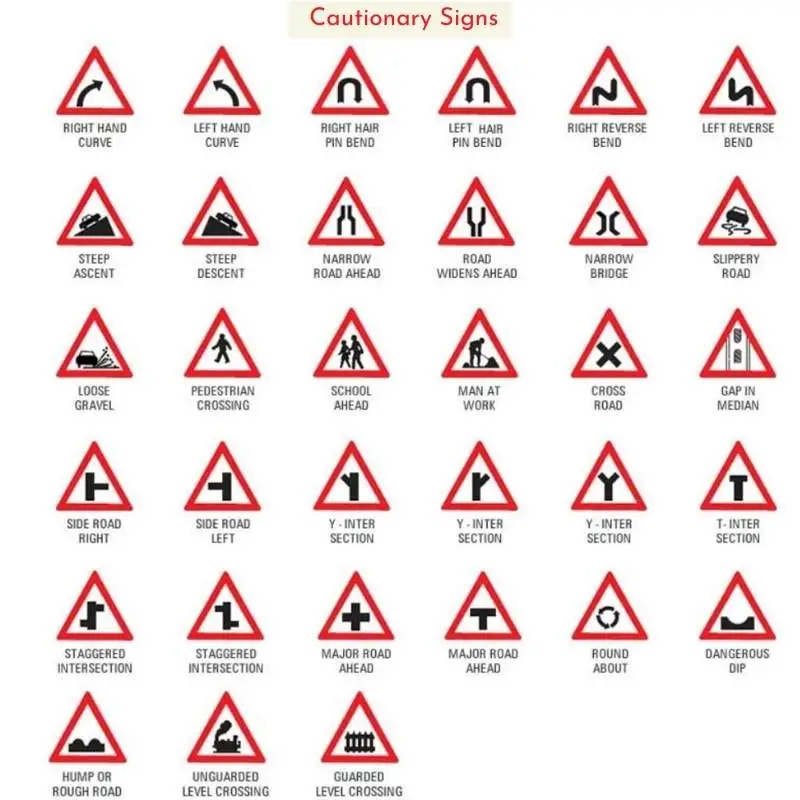
| Cautionary Sign | Meaning |
| Right Hand Curve | Warns the driver about a right hand curve. |
| Left Hand Curve | Warns the driver about a left hand curve. |
| Right Hair Pin Bend | Warns about a sharp right turn on the road ahead |
| Left Hair Pin Bend | Warns about a sharp left turn on the road ahead. |
| Right Reverse Bend | Warns the driver that there is a zigzag turn towards right. |
| Left Reverse Bend | Warns the driver that there is a zigzag turn towards left. |
| Steep Ascent | Indicates that there is a steep rising upwards nearby |
| Steep Descent | Indicates that there is a steep descending downwards nearby |
| Narrow Road Ahead | Indicates to the driver that the road ahead merges into a narrow road. |
| Road Widens Ahead | Indicates to the driver that the road ahead widens. |
| Narrow Bridge | Indicates the driver about a narrow bridge on the road ahead. |
| Slippery Road | Warns the driver that the road ahead is slippery. |
| Loose Gravel | Warns the driver that gravel or loose earth keeps falling on the road. |
| Pedestrian Crossing | Warns that pedestrians should cross the road. |
| School Ahead | Cautions the driver about a school nearby. |
| Men At Work | Indicates that labourers are working on the road ahead. |
| Cross Road | There is a crossing of roads ahead. |
| Gap in Median | There is a gap or median on the road ahead |
| Side Road Right | The sign signals a right side turn along with a straight way ahead. |
| Side Road Left | The sign signals a left side turn along with a straight way ahead. |
| 3 signs of Y intersection | There is a Y-shaped formation on the road ahead |
| T intersection | There is a T-shaped formation on the road ahead. You cannot drive straight on the road. |
| 2 signs of Staggered Intersection | This sign placed where there are left and right turns are closely located on the straight road |
| 2 signs major Road Ahead | A major crossroad is on the road ahead. |
| Round about | A road crossing. |
| Dangerous Dip | There is a dip ahead on the road. |
| Hump or Rough Road | There is a hump or rough road ahead |
| Unguarded Level Crossing | There is a railway crossing ahead |
| Guarded Level Crossing | There is railway crossing ahead that is guarded by a person. |
| Cattle | Indicates that there is a possibility of cattle on the road nearby. |
| Falling Rocks | Warns the drivers that the road ahead is prone to falling rocks. |
| Ferry | Indicates that there is a ferry service ahead. |
| Barrier Ahead | Indicates to the driver that there is a barrier in the road ahead. For example: Toll |
3. Informatory Traffic signs
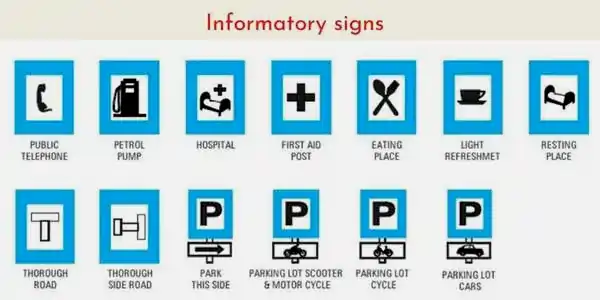
| Informatory Sign | Meaning |
| Public Telephone | A telephone is present nearby. |
| Petrol Pump | A petrol pump is present nearby. |
| Hospital | A hospital is present nearby. |
| First Aid Post | Indicates that there is a first aid facility nearby. |
| Eating Place | Indicates that there is an eating place nearby like restaurants, cafes, etc. |
| Light Refreshment | Indicates that there is a light refreshment facility nearby. |
| Resting Place | Indicates that there is a resting place nearby. |
| Thorough Road | Indicates the availability of exit on the road. |
| Thorough Side Road | Indicates the availability of a thorough side road on the main road. |
| Park This Side | Shows where to park the vehicle. |
| Parking Lot Scooter and Motorcycle | Indicates the parking lot for scooters and motorcycles. |
| Parking Lot Cycle | Indicates the parking lot for bicycles |
| Parking Lot Cars | Indicates the parking lot for cars. |
FAQs
Q1: What are the 3 types of traffic signals?
A1: Red, yellow, and green.
Q2: What is traffic signs and symbols?
A2: Visual communications that provide information, warnings, or directions to road users.
Q3: What is the traffic sign warning?
A3: A sign that alerts drivers to potential hazards ahead.
Q4: What does a yellow signal mean?
A4: Slow down and prepare to stop.
Q5: What are the basic traffic signals?
A5: Red, yellow, and green.
Q6: What is traffic signal types?
A6: There are two main types: fixed-time and actuated. Fixed-time signals change color at regular intervals, while actuated signals change color based on the presence of vehicles or pedestrians.
Q7: Which signs are triangles?
A7: Yield and warning signs are typically triangular in shape.

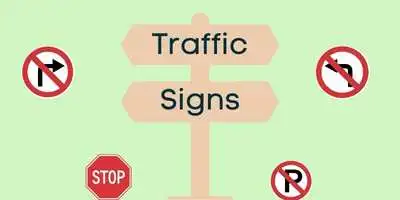
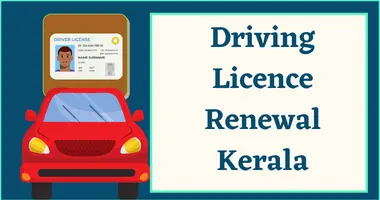
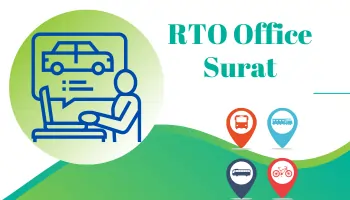
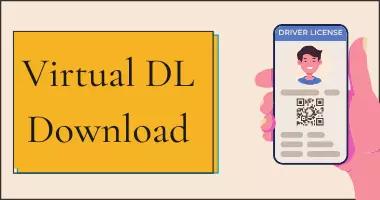
Leave a Reply